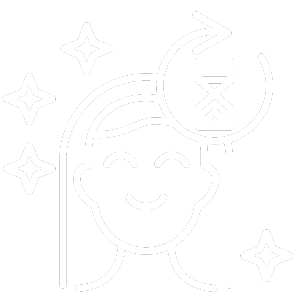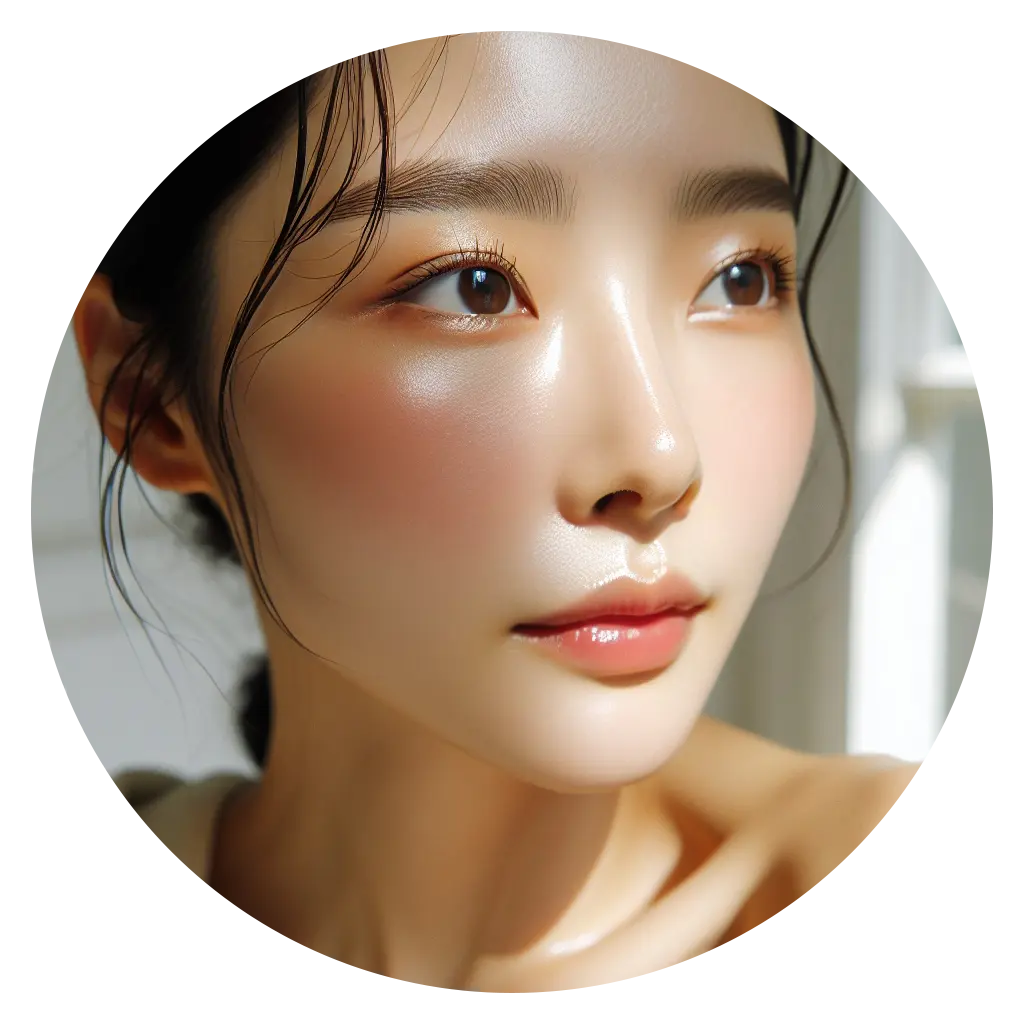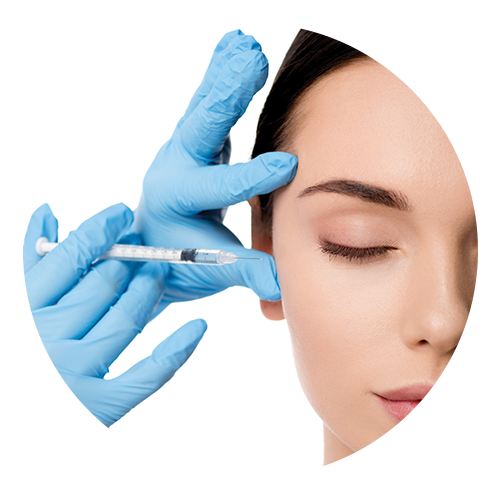"Ageing is an inevitable journey; let's make it a beautiful one with care and grace."
When we talk about ageing skin, one of the first signs that come to mind is the appearance of fine lines. These subtle marks are more than just indicators of age; they are a reflection of our lifestyle, emotions, and environmental exposure.
NU.U Clinic understands this complexity and offers customised care plans to address your skin’s unique needs, helping you navigate the journey toward healthier skin with expertise and compassion.

Fine Lines
Fine lines are one of the earliest indicators of skin ageing. They are shallow wrinkles that become evident on the skin’s surface, marking areas where our skin often folds or creases due to facial expressions. Over time, especially as our skin’s collagen diminishes, these fine lines can become more pronounced. Here’s a breakdown of some common types of fine lines you might notice on your face:
- Crow’s feet: Positioned at the outer corners of the eyes, these fine lines fan outwards, much like the feet of a crow. They typically form as a result of frequent smiling or squinting.
- Forehead lines: These are horizontal lines that manifest across the forehead. Their formation is usually attributed to repeated eyebrow raising or frowning, causing the skin to crease.
- Glabellar lines: Also known as the “11” lines, these vertical lines emerge between the eyebrows. They are commonly a result of frequent frowning or concentrating, leading to a furrowed brow.
- Perioral lines: Situated around the mouth, these vertical lines can form due to habitual lip pursing, smoking, or even damage caused by sun exposure.
- Marionette lines: Named after the strings of a marionette puppet, these lines extend downward from the mouth corners towards the chin. They can deepen due to factors like loss of facial volume or frequent smiling.
Causes of Fine Lines

Ageing
As we get older, our skin produces less collagen and elastin, proteins that give our skin its firmness and elasticity. This decrease leads to thinner, more fragile skin, making fine lines more likely to form.

Sun Exposure
UV rays from the sun can damage the skin, speeding up the loss of collagen and elastin. This can result in premature ageing, including the development of fine lines, especially if the skin is not protected adequately.

Facial Expressions
Regular facial movements like smiling or squinting can cause fine lines over time. These lines emerge because each facial expression contracts underlying facial muscles, potentially etching lines into the skin with repeated movements.

Lifestyle Factors
Certain lifestyle choices can also affect skin health. Smoking, for instance, can accelerate ageing by damaging skin proteins, while a poor diet may not provide the nutrients your skin needs to stay elastic and firm.
Treatments for Fine Lines

Dual Wavelength Fractional Non Ablative Laser
The Dual Wavelength Fractional Non-Ablative Laser is a skin treatment that uses 1550 nm and 1927 nm wavelengths to target different skin layers. It is used to improve skin texture, wrinkles, scars, and pigmentation while maintaining the skin’s surface. This non-ablative approach delivers controlled laser energy to stimulate skin renewal with minimal downtime. It may also enhance skin permeability, which can support the absorption of certain topical treatments. As with any procedure, individual responses and outcomes may vary.

NAHYCO HA complex
A skin-revitalising approach that utilises hybrid cooperative complexes of hyaluronic acid (HA) to support skin hydration, firmness, and elasticity. This method helps counteract age-related changes by encouraging the natural production of collagen and elastin. By integrating deep hydration with structural reinforcement, the treatment enhances skin resilience over time.

Poly-L-lactic acid (PLLA-SA)
Poly-L-lactic acid (PLLA-SA) is an injectable treatment used to reduce facial lines and wrinkles by stimulating the skin’s natural collagen production. Its active ingredient, PLLA, works gradually beneath the skin’s surface, helping to restore facial volume and improve skin texture over time. Individual results may vary.

Abobotulinum toxin-A
Abobotulinum toxin A is an injectable treatment commonly used to reduce facial lines and wrinkles. It temporarily relaxes specific facial muscles to smooth out lines caused by repeated expressions like smiling or frowning. The treatment focuses on subtle changes, maintaining natural facial movements for a refreshed look. Results may vary between individuals.

Polynuecleotides- HPT
Polynucleotides-HPT is a regenerative treatment intended to help improve common skin concerns such as fine lines, uneven texture, redness, sensitivity, and reduced elasticity. This non-invasive therapy uses highly purified polynucleotides through High Purity Technology (HPT) to support the skin’s own natural repair process. It is suitable for those seeking a rejuvenating treatment with minimal downtime. Individual outcomes may vary.
Conclusion
In conclusion, the development of fine lines is a natural part of the ageing process, influenced by a variety of factors including genetics, lifestyle, and environmental exposures. Understanding the types of fine lines and their causes is essential for selecting appropriate treatment options.
Advances in dermatological technology offer a range of effective treatments that can minimise the appearance of fine lines, improve skin texture, and restore a more youthful complexion. From lasers that stimulate collagen production to injectables that hydrate and rejuvenate the skin, each treatment provides a targeted approach to address the unique concerns of ageing skin.
At NU.U Clinic, patients can expect a comprehensive and personalised approach to skincare. Recognising that each individual’s skin is unique, the clinic offers tailored treatment plans designed to meet the specific needs and goals of each client.
"Invest in your skin; it's going to represent you for a long time."





 +65 6732 9989
+65 6732 9989 +65 9152 3582
+65 9152 3582